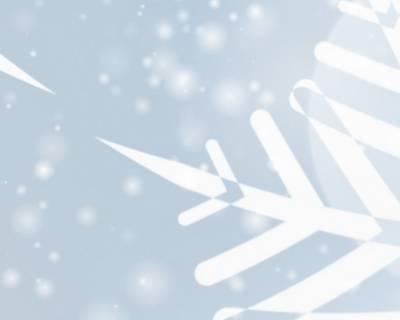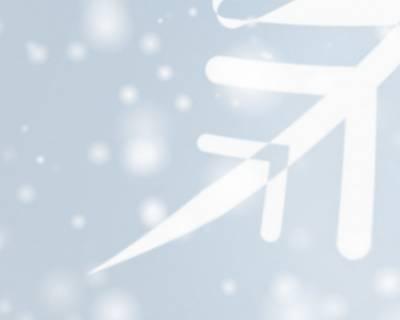search
| acupoint | Zhubin |
| meridian | foot shaoyin kidney meridian |
| international code | KI9 |
bubble_chart Category _en.webp)
Xi-cleft point of yin link vessel.
bubble_chart Etymology
"Zhu" (築), to pound or beat, referring to a place where the pulse is strong and palpable; "bin" (賓) means guest. The point is located beside posterior tibial artery, hence the name.
_en.webp)
Zhubin (KI9) acupoint
(adapted from "Meridians and Acupoints")
(adapted from "Meridians and Acupoints")
On the medial side of the lower leg, 5 cun above the tip of the medial malleolus, on the line connecting Taixi (KI3) and Yingu (KI10), in the depression inferior to medial belly of gastrocnemius muscle.
- Zhenjiu Jiayi Jing: "On medial side of lower leg, at the division of calf muscle, above medial malleolus";
- Shengji Zonglu: "Five cun above medial malleolus";
- Zhenfang Liuji Author: "Six cun above medial malleolus, at the division of calf muscle".
- Muscles: anteriorly, flexor digitorum longus muscle; posteriorly, gastrocnemius muscle.
- Nerves: medial sural cutaneous nerve, medial calf cutaneous branch of saphenous nerve, tibial nerve.
- Vessel: deep medially, posterior tibial artery and vein.
Perpendicular insertion 0.5~1.5 cun. Moxibustion with moxa cone 3 to 5 times, moxibustion with moxa stick for 10 to 15 minutes.
Regulate lower jiao, clear spirit.
- Classical: hernia pain in abdomen, manic and depressive psychosis, vomiting, calf pain, weakness in legs, goiter, infertility.
- Modern: nephritis, cystitis, urinary tract infection, pelvic inflammation, schizophrenia, gastrocnemius spasm.











